As the inhabitants of an ancient Middle Eastern city now called Tall el-Hammam went about their daily business one day about 3,600 years ago, they had no idea an unseen icy space rock was speeding toward them at about 38,000 mph (61,000 kph).
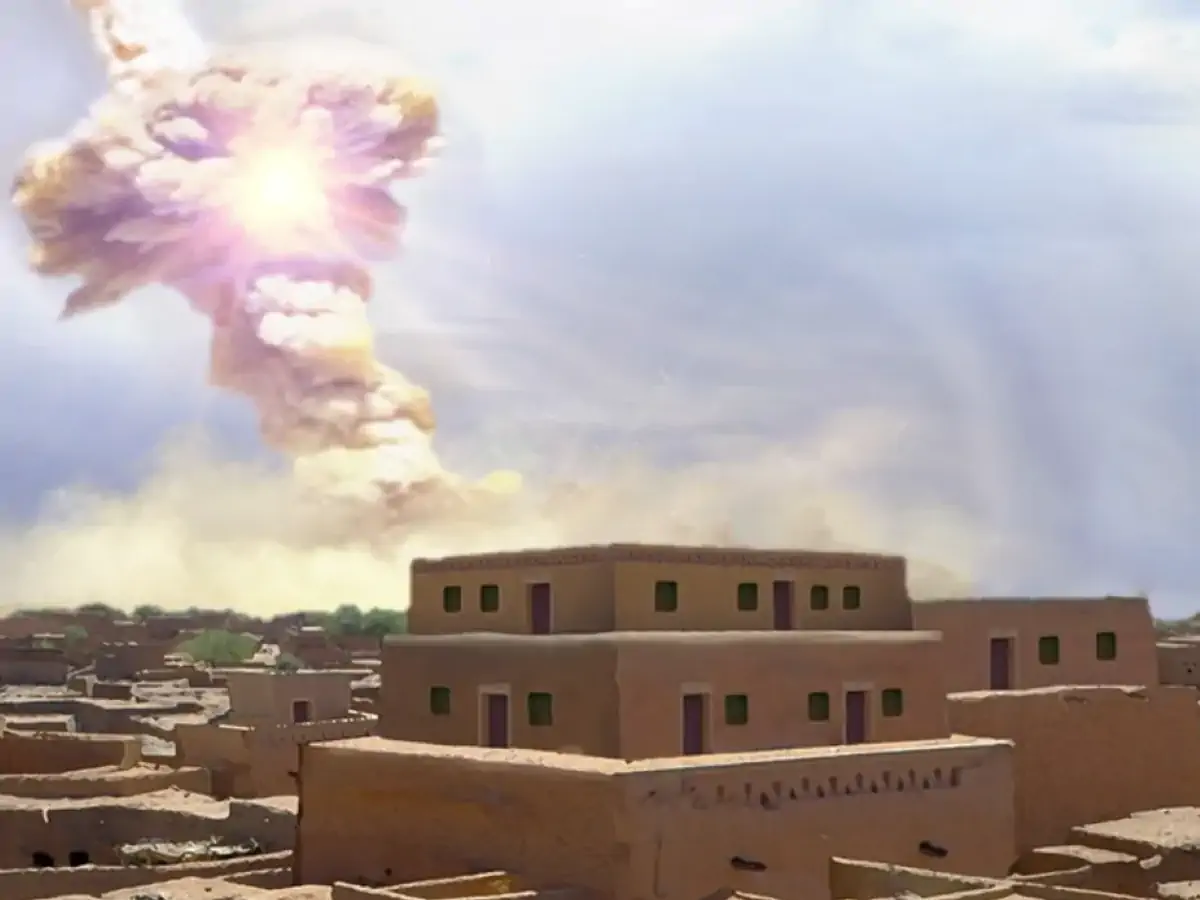

As the inhabitants of an ancient Middle Eastern city now called Tall el-Hammam went about their daily business one day about 3,600 years ago, they had no idea an unseen icy space rock was speeding toward them at about 38,000 mph (61,000 kph).
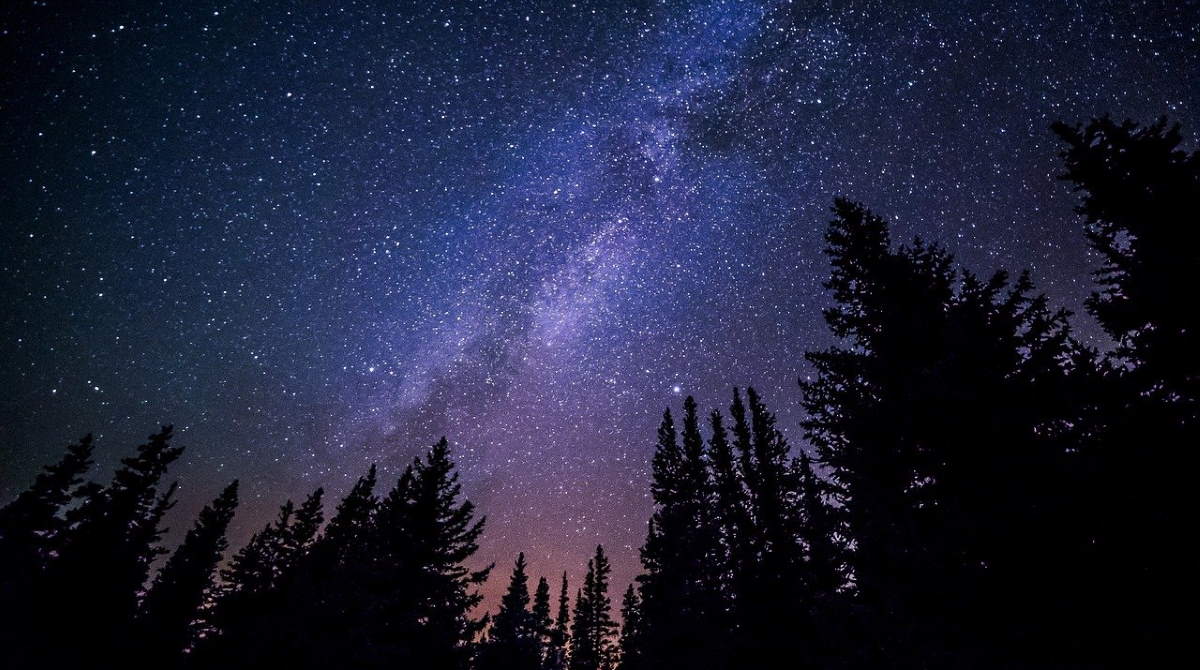
When you look up in the sky on a cloud-free night, you see many thousands of stars, if you are not in a light-polluted area, of course. One thing you’ll quickly notice is that the stars twinkle, while the planets do not.
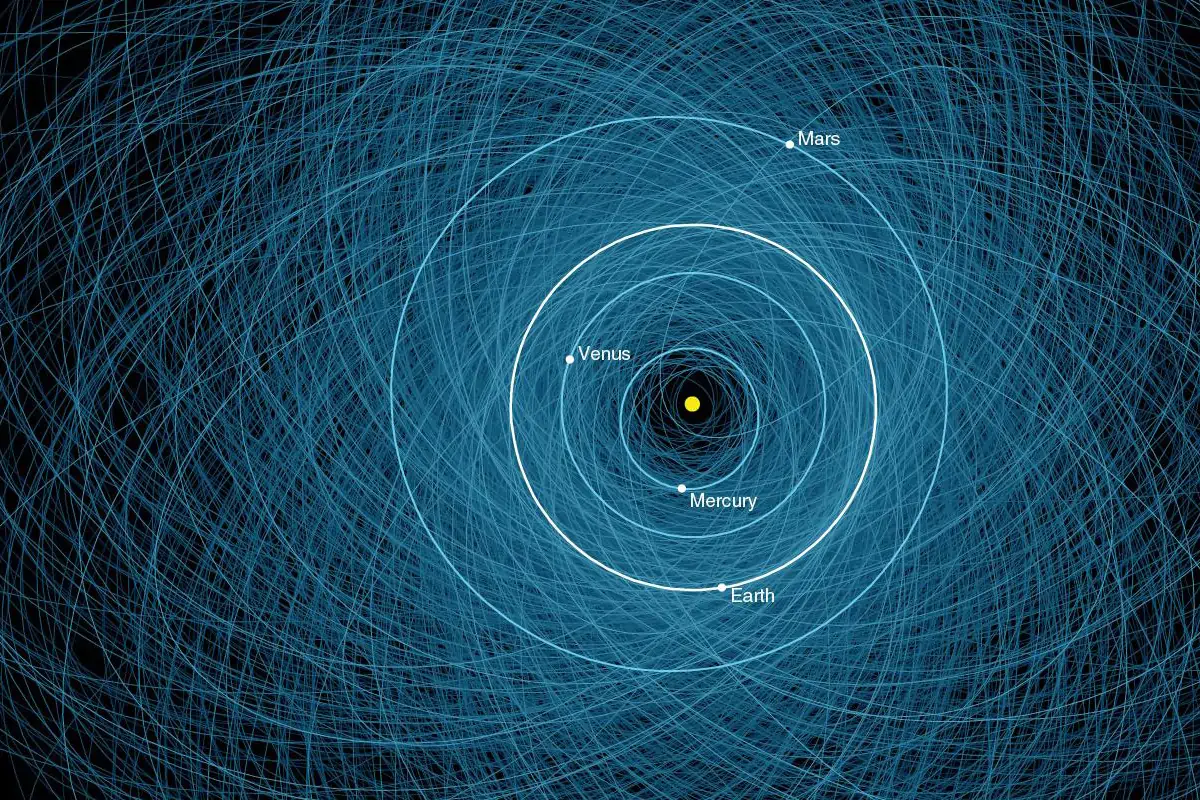
NASA has published a disturbing image of the orbits of potentially hazardous asteroids on the APOD (Astronomy Picture of the Day) website. The image shows the orbits of the asteroids which are more than 140 meters (450 feet) across and will pass within 7.5 million kilometers (4.66 million miles) of Earth. If hits, a space rock that big could wipe out the entire human race from the Earth.
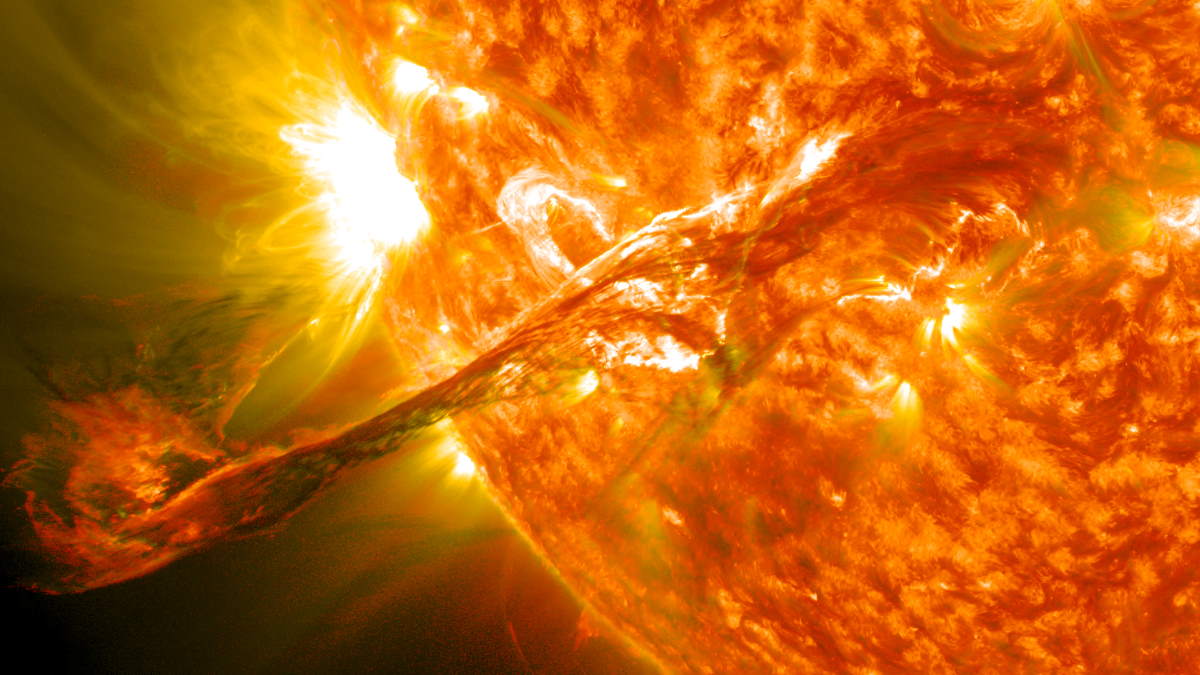
The Earth is getting full of waste, pollution, and garbage. Yes, the world should focus on recycling and reducing waste, but, the truth is that it’s just not that easy, and in fact, we’re not doing well so far. So, why not shoot the Earth’s garbage into space, or even better, into the Sun?
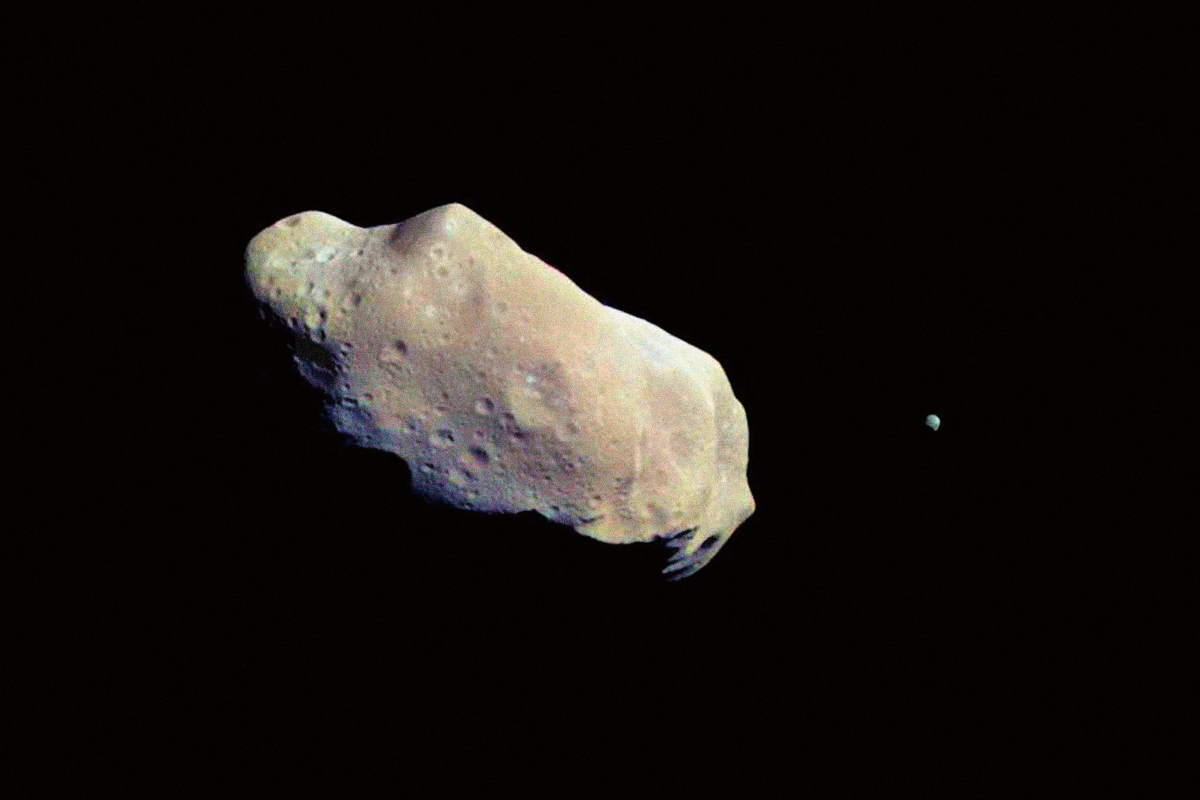
Asteroids can pose a threat to life on Earth but are also a valuable source of resources to make fuel or water to aid deep space exploration. Devoid of geological and atmospheric processes, these space rocks provide a window onto the evolution of the solar system. But to really understand their secrets, scientists must know what’s inside them.

It is all around us. Every day in our lives we are in contact with it. In fact, we are made from it: ancient stardust.
All the atoms around us have witnessed the most violent explosions in the universe. Their journeys through space are the longest, roughest and loneliest voyages imaginable.
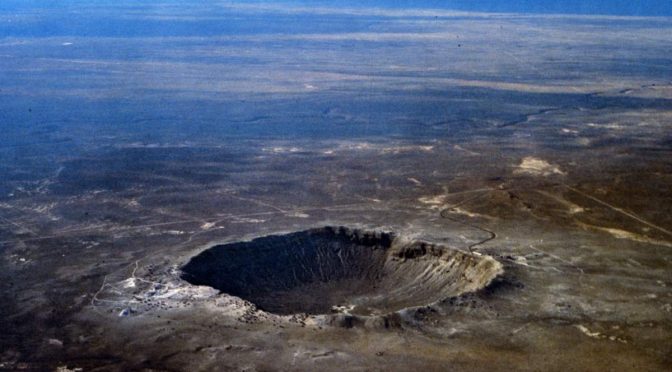
Ever since the planets first formed, they have been bombarded with space rocks. Asteroid and cometary collisions are so powerful that planetary surfaces fracture and melt beneath them, leaving behind huge craters. These impact events have played an important role in our planet’s history, by shaping the geological landscape, producing valuable minerals, and affecting the evolution of life. Dr. Gordon “Oz” Osinski from the University of Western Ontario, Canada, aims to understand this fundamental process on Earth, Mars, and the Moon – with important implications for space exploration, mining, and understanding the origins of life.
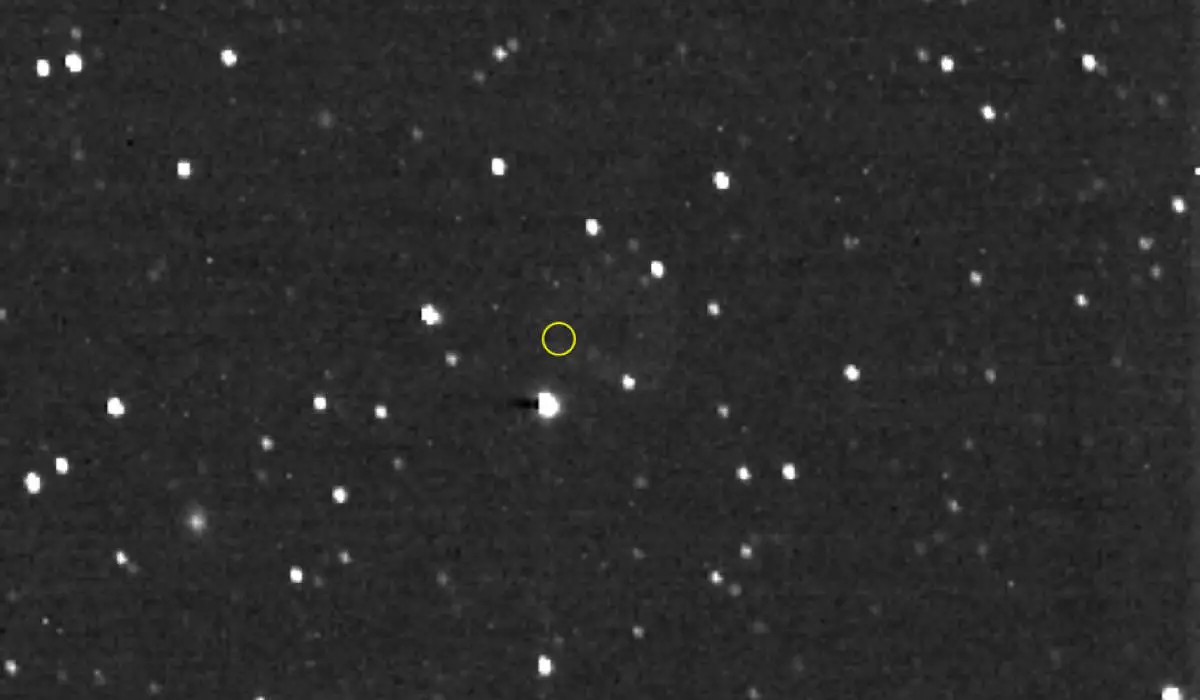
On December 25, 2020, NASA’s New Horizons spacecraft pointed its Long Range Reconnaissance Imager in the direction of its predecessor, the Voyager 1 spacecraft, and photographed its location from the Kuiper Belt. Launched on September 5, 1977, Voyager 1 is the farthest human-made object and the first spacecraft to actually leave the solar system.
In fact, according to NASA, Voyager 1 itself is about 1 trillion times too faint to be visible in the image taken by New Horizons, its location is known precisely due to NASA’s radio-tracking (see: how far can Voyager 1 go before we lose contact?). As of April 2021, it is more than 152 astronomical units (AU, see notes 1) from the Sun.

For decades, the exploration of our solar system left one of our neighbouring planets, Venus, largely unexplored. Now, things are about to change.

The planet we call home has a 4.5-billion-year history, but humans have only been around for a tiny fraction of this time. To discover what happened before life arose on Earth, and even before Earth’s formation, scientists can study objects sent from space – from icy comets and rocky asteroids to tiny particles of interstellar dust. Early in Earth’s history, primordial gases became trapped deep in the planet’s interior. By determining how they were trapped and where they might be stored, Dr. Manfred Vogt and his research group at the Ruprecht-Karls-University of Heidelberg are shedding new light on Earth’s origins.